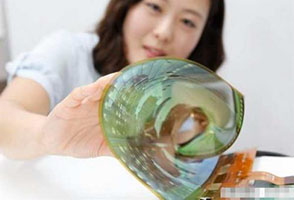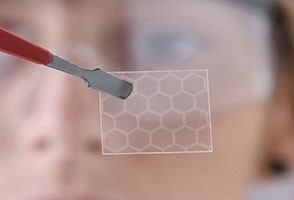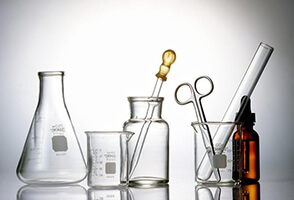Silver Nanoparticle Surface Chemistry
2021-04-06
When Nanoparticles are in solution, molecules associate with the nanoparticle surface to establish a double layer of charge that stabilizes the particles and prevents aggregation. We offer several silver nanoparticles suspended in a dilute aqueous citrate buffer, which weakly associates with the nanoparticle surface. This citrate-based agent was selected because the weakly bound capping agent provides long term stability and is readily displaced by various other molecules including thiols, amines, polymers, antibodies, and proteins.
Silver Nanoparticle Applications
Silver Nanoparticles are being used in numerous technologies and incorporated into a wide array of consumer products that take advantage of their desirable optical, conductive, and antibacterial properties.
Diagnostic Applications: Silver nanoparticles are used in biosensors and numerous assays where the silver nanoparticle materials can be used as biological tags for quantitative detection.
Antibacterial Applications: Silver nanoparticles are incorporated in apparel, footwear, paints, wound dressings, appliances, cosmetics, and plastics for their antibacterial properties.
Conductive Applications: Silver nanoparticles are used in conductive inks and integrated into composites to enhance thermal and electrical conductivity.
Optical Applications: Silver nanoparticles are used to efficiently harvest light and for enhanced optical spectroscopies including metal-enhanced fluorescence (MEF) and surface-enhanced Raman scattering (SERS).
Silver Nanoparticles for Nanotoxicology Research
There is growing interest in understanding the relationship between the physical and chemical properties of Nanomaterials and their potential risk to the environment and human health. The availability of panels of nanoparticles where the size, shape, and surface of the nanoparticles are precisely controlled allows for the better correlation of nanoparticle properties to their toxicological effects. Sets of monodisperse, unaggregated, nanoparticles with precisely defined physical and chemical characteristics provide researchers with materials that can be used to understand how nanoparticles interact with biological systems and the environment.
Due to the increasing prevalence of silver nanoparticles in consumer products, there is a large international effort underway to verify silver nanoparticle safety and to understand the mechanism of action for antimicrobial effects. Colloidal silver has been consumed for decades for its perceived health benefits but detailed studies on its effect on the environment have just begun. Initial studies have demonstrated that effects on cells and microbes are primarily due to a low level of silver ion release from the nanoparticle surface. The ion release rate is a function of the nanoparticle size, the temperature, and exposure to oxygen, sulfur, and light. In all studies to date, silver nanoparticle toxicity is much less than the equivalent mass loading of silver salts.




